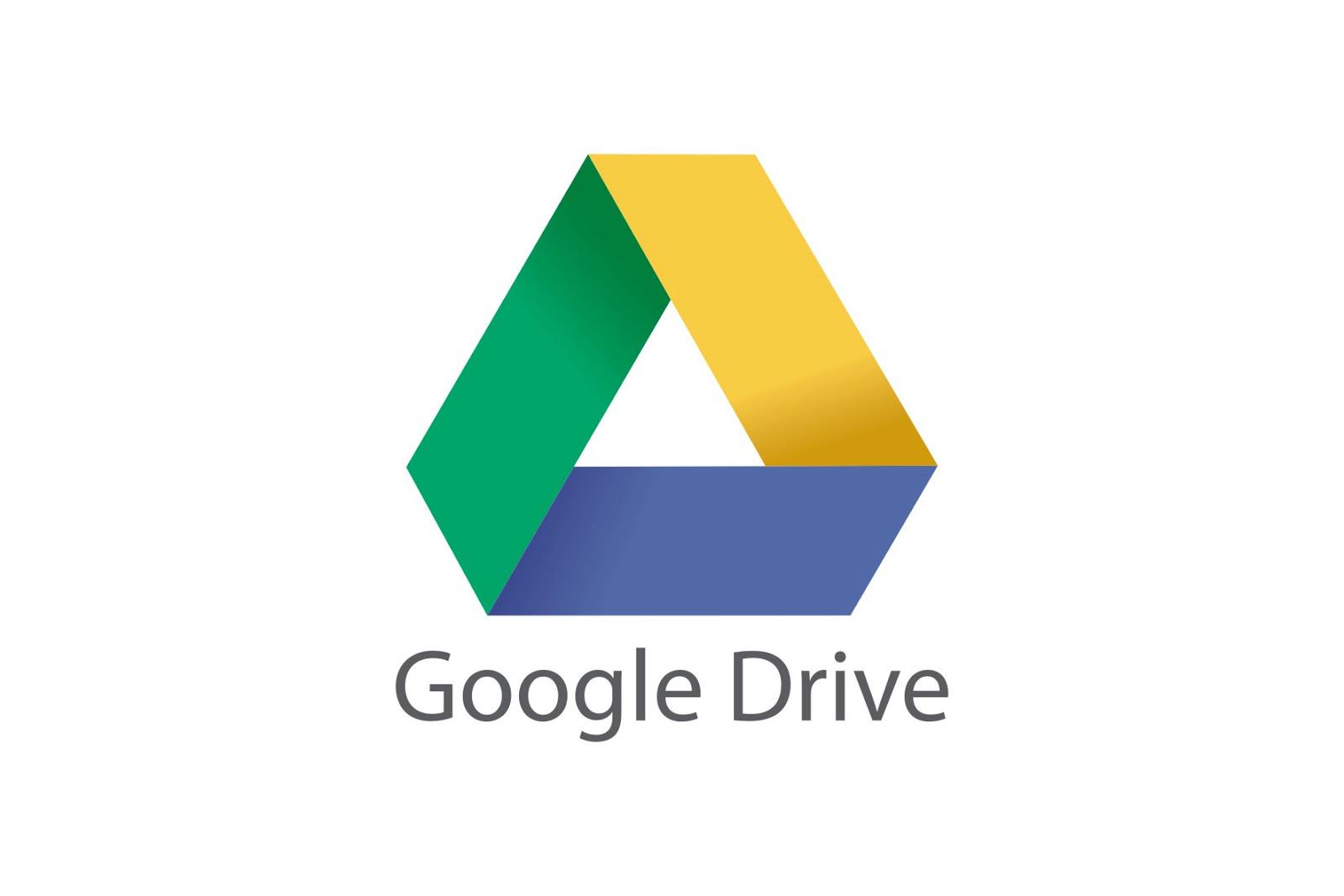3.MANAGING INFORMATION
3.1 Social bookmarking
Social bookmarking is an Internet tool that lets us organise, use and share information more efficiently. All of our content is stored in the cloud so we can access it from ani location in the world. Some of the most popular social bookmarking applications are:| https://del.icio.us/ |
- Delicious is a service that lets us save our favorite web pages along with a description and a list o key words (tags) for easier classification. We can share this information with other people and see the cntent that tey have bookmarked.
| https://www.diigo.com/ |
- Diigo defines itself as a 'multi-tool for knowledge management'. It lets us bookmark the pages that we visit and create a digital library in the cloud, with links, notes and images. We can access this library from any location and select the information we want to share.
Evernote provides a convenient workspace where we can collect information by capturing articles and images from the Internet. The we can add notes and share information with other people. The application also has a search function for finding specific details in the content that we have saved.https://evernote.com/intl/es/
3.2 Working in the cloud.
Some Internet services let us create, save and modify documents online. This is called 'cloud computing'. The most popular cloud-based services are Google Drive, Dropbox and OneDrive.
The two main advantages of these services are:
- Access to our files from any location or device with an Internet connection.
- The ability to share our files easily with other people.
In addition to storing and sharing information in the cloud, we can also use programs for word-processing, spreadsheets and presentations.
Other services, such as Flickr and Picasa, let us upload and edit photos in the cloud.





